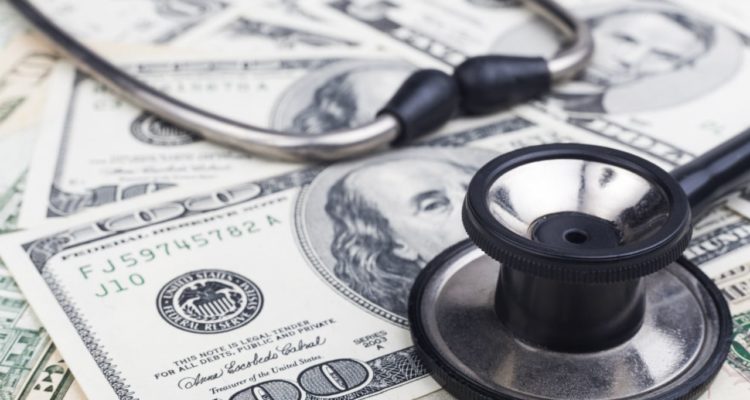
Everyone wants good value for their money. It hurts to find out that a recent purchase is less expensive elsewhere. You cannot help but feel somewhat cheated. Would you buy a pair of shoes today and feel fine paying 20% more for the same shoes a year later? No! What if you knew the shoes that cost 20% more were not as good as the one you bought the year before? Double No! Would a fancier box or clever advertising make it better? Triple No! That’s what we are getting for our health dollar. Look at the price inflation comparisons over the past 20 years:
No doubt computers and TV’s are a lot better today than 20 years ago. Healthcare? Hmmm. Wasn’t the Affordable Care Act in 2010, a promise to curb if not cut the price of healthcare? Actually, it appears to have accelerated hospital costs and did nothing to slow the rise in cost of medical care services. Why? Basically, the health insurers, hospitals and pharmaceuticals were all HUGE participants in writing the Act. Who wasn’t invited to the drafting table? The patient – the one with both financial and health concern. Did anyone ask you what you want for your medical care and what price you could or would pay? Doubt it. The control and decision-making apparently is not your responsibility. It is up to the health industry with big government to choose what is best. When others spend your money for you, price and value are usually afterthoughts. Think about it. When you buy something for yourself, you consider the value for your money. But if you are buying something with someone else’s money for someone else, how much time is spent figuring out price to value proposition? Usually, price spent goes up and value is underrated
This year through November healthcare is up 20.2% and physician services only up 1.4%.[i] What is causing the increase – I think you know!!! They write the rules, make it price-value opaque then spend your money using one size fits all guidelines.
One of the most attractive advantage of a Direct Primary Care model is that you get price transparency, more control of your health dollar spent and determine value yourself. It eliminates the money sponging bureaucracy and impersonal decision trees of the health insurers and their experts. At Next Level Primary Care, we are committed to giving our members greater decision-making POWER and VALUE for their health dollar. Furthermore, we believe that over time our relationship will strengthen and your health investment will grow.
[i] CPI data released 2/11/2019 by Bureau of Labor Statistics, United States Department of Labor.




